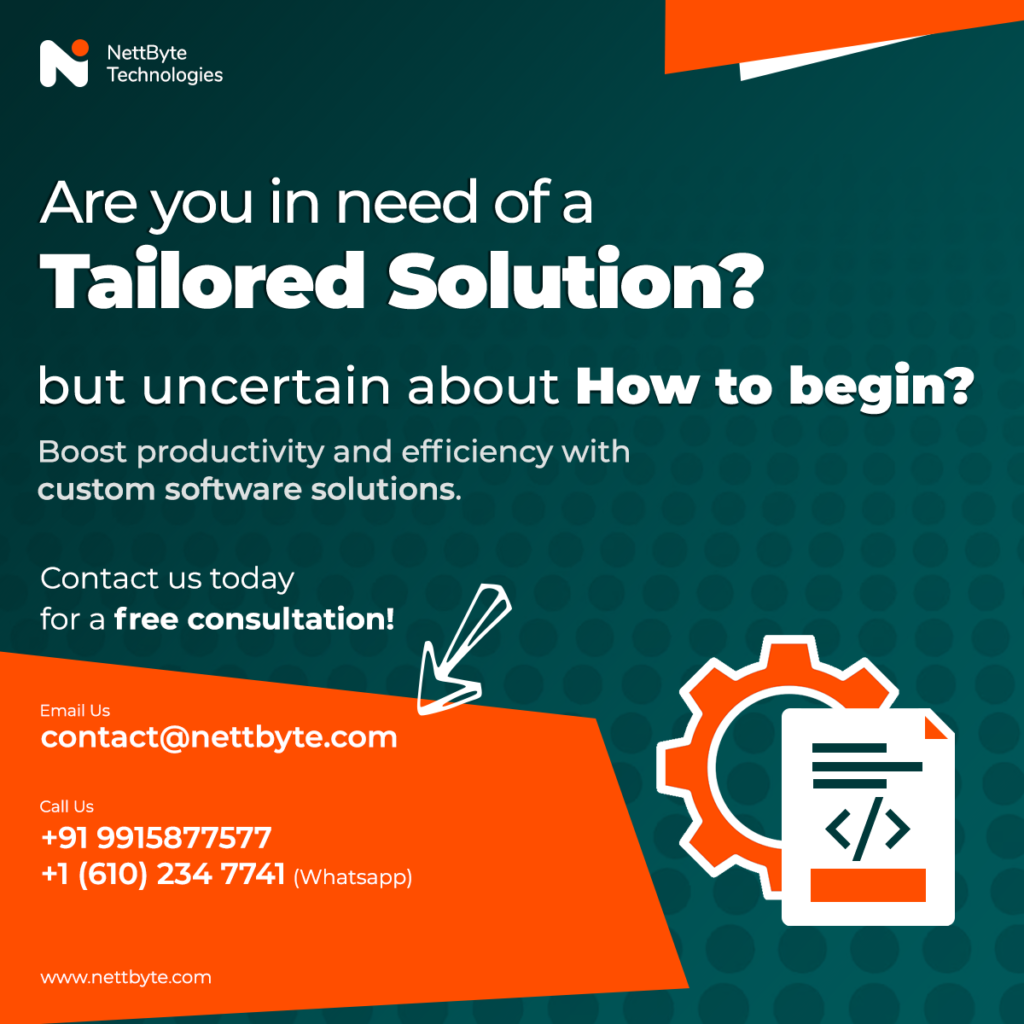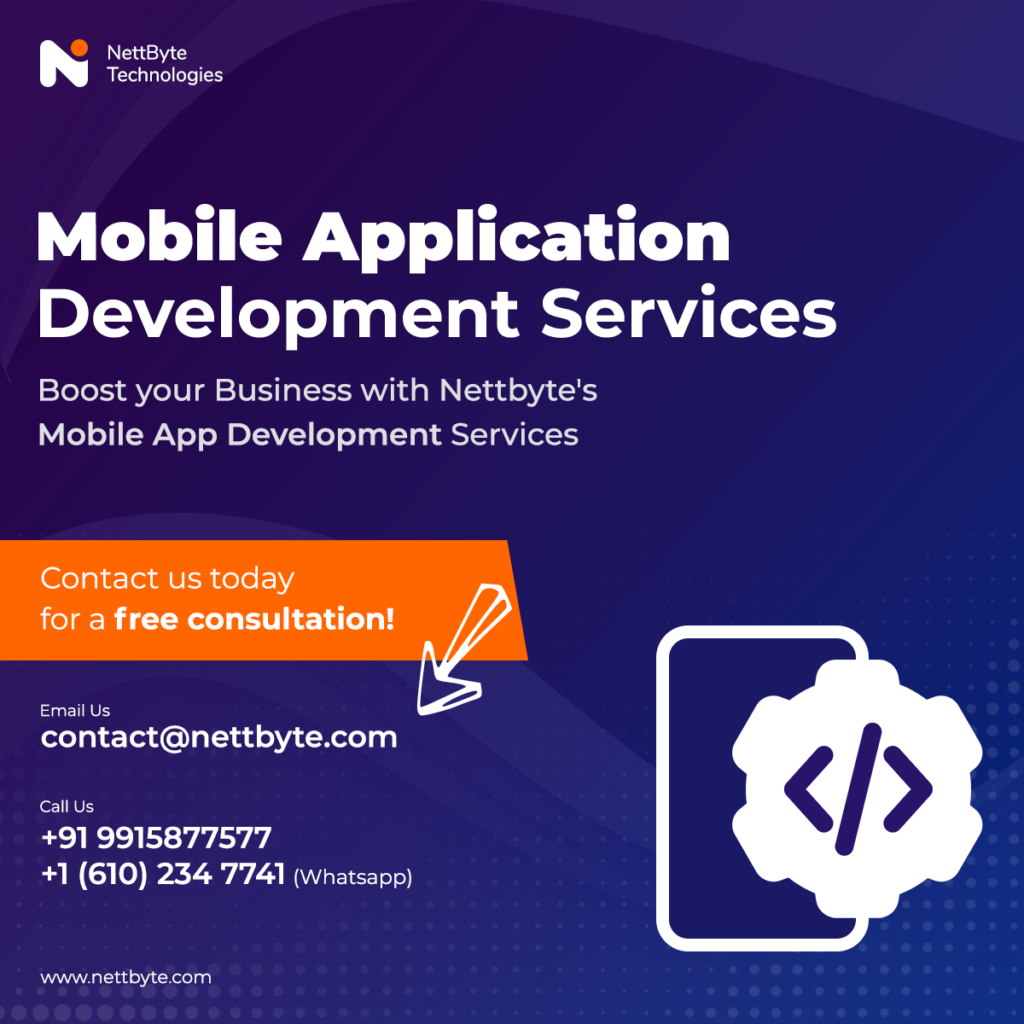Blockchain is a distributed ledger technology that enables secure, transparent and tamper-proof transactions. It was originally developed to support digital currency transactions, but its potential applications go far beyond this. In this blog, we’ll take a closer look at what blockchain is and explore some simple practical examples of how it can be used.
What is Blockchain?
Blockchain is a decentralised, digital ledger that records transactions in a secure and transparent way. Each transaction is recorded as a block and linked to the previous block, forming a chain of blocks, hence the name blockchain. The key features of blockchain include its immutability, transparency, and security. Once a block has been added to the chain, it cannot be altered, making the blockchain an ideal platform for storing and sharing sensitive data.
Simple Practical Examples of Blockchain
Cryptocurrencies: One of the most well-known examples of blockchain is Bitcoin. Bitcoin is a digital currency that uses blockchain technology to record and verify transactions. Each Bitcoin transaction is recorded as a block on the blockchain, and once verified, it cannot be altered or deleted. This makes it an ideal platform for secure and transparent transactions.
Supply Chain Management: Blockchain technology can be used to create a transparent and secure supply chain. Each stage of the supply chain can be recorded on the blockchain, making it easier to track the movement of goods from the manufacturer to the end consumer. This can help to reduce fraud, eliminate errors, and improve supply chain efficiency.
Custom Software Development
Digital Identity: Blockchain technology can be used to create a secure digital identity platform. Each user’s identity can be stored on the blockchain, making it easy to verify their identity without the need for a central authority. This can help to reduce identity fraud and improve security.
Healthcare: Blockchain technology can be used to create a secure and transparent healthcare system. Patient data can be stored on the blockchain, making it easy to share information between healthcare providers while maintaining patient privacy. This can help to improve patient outcomes and reduce healthcare costs.
Voting: Blockchain technology can be used to create a secure and transparent voting system. Each vote can be recorded on the blockchain, making it easy to verify the authenticity of the vote and prevent voter fraud. This can help to improve the integrity of the voting process and increase voter confidence.
In conclusion, blockchain technology has the potential to revolutionize the way we store and share information. Its key features of immutability, transparency, and security make it an ideal platform for a wide range of applications. From cryptocurrencies to supply chain management, digital identity, healthcare, and voting, blockchain technology is already being used to create secure and transparent systems that improve efficiency and reduce costs. As the technology continues to evolve, we can expect to see even more innovative applications of blockchain in the future.






